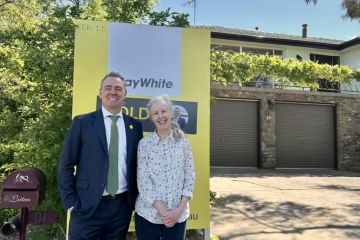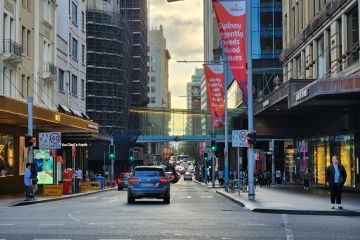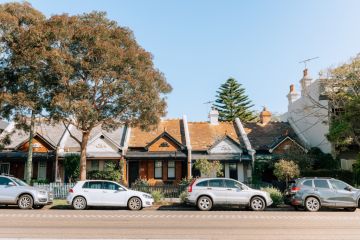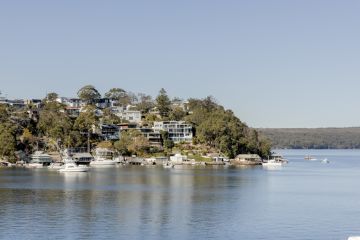Disability housing shortage leaves families without options
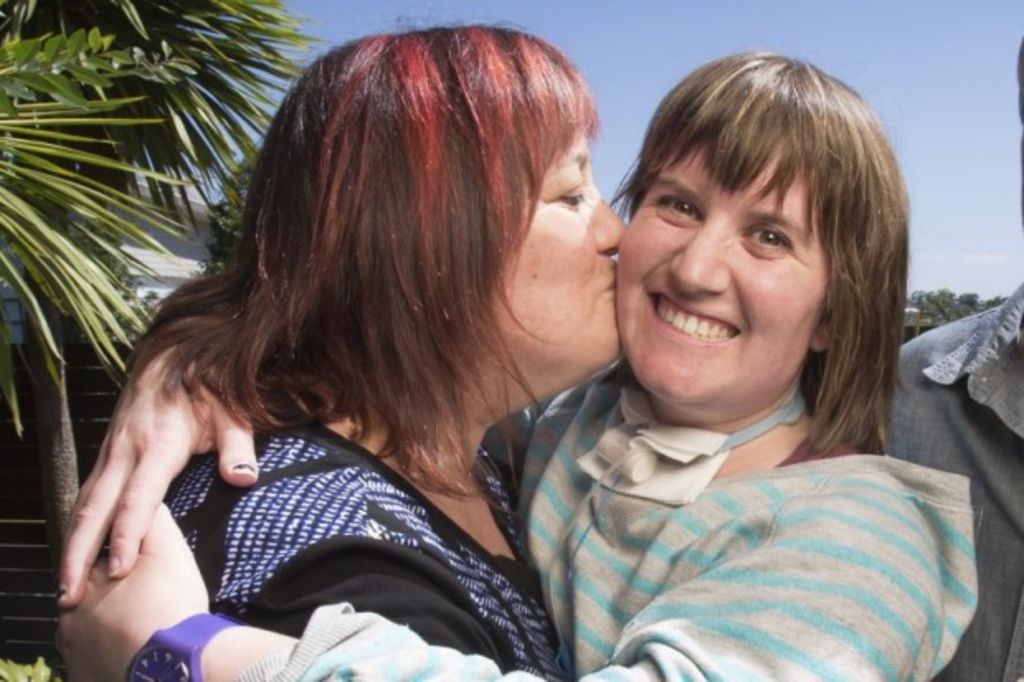
Kirby Littley was 25 when she bought her first home in Geelong.
After sharing a house with her sister, the young teacher was desperate for the independence that came with living on her own. She was excited to style the unit with the op-shop finds she sourced across Melbourne.
Four years later, the cute two-bedroom unit remains beautifully decorated – but only her pet cat lives there now.
Miss Littley was diagnosed with a brain tumour at 27. After an operation, she had bleeding on the brain and a stroke, which left her without speech or mobility.
The 29-year-old now lives with her parents Kevin and Carol Littley, after a stint in an aged care facility.
“If I had spare money, I’d be putting it into disability housing because I’m telling you there are so many people out there that want it either to rent or own – it’s discrimination,” Mrs Littley said.
To live independently again, Kirby faces the high costs of fitting out her unit for her mobility and care needs, or selling her dream home.
“The last thing we want her to do is lose her house,” Mrs Littley said. “You don’t want to think, ‘I’ve had a brain tumour, I’ve had multiple strokes and now I’m losing my house’.”
Even if the Littley family were to sell, they face an almost impossible task of finding a suitable alternative. There is an estimated shortfall of up to 120,000 affordable and suitable homes for Australians with disabilities, according to the National Disability Insurance Scheme.
“It’s hard enough to get a rental property, let alone one that has ramps, and has bathroom set-ups,” Mrs Littley said. “It’s a whole new world you don’t know exists until you take someone out in a wheelchair.”
Although the NDIS will help people like Miss Littley overcome some of the financial barriers to living independently again, it will not address that housing shortage itself, said Ilan Vizel, senior research fellow with the City Futures Research Centre at the University of NSW.
“Now they’ll have to actually find suitable and affordable housing for those people, and that’s the real issue,” Dr Vizel said.
“There is a shortage of affordable housing in general, but I think [people with disabilities] are particularly vulnerable and affected by that because they have a relatively low income, as well as other barriers of access to suitable housing.”
Anglicare this year estimated less than one per cent of private rentals are affordable to someone on income support, such as a disability pension.
Di Winkler, chief executive of the Summer Foundation, said affordable and accessible properties were scarce and those that did exist were often difficult to locate.
“If a real estate agent does have a potential property, there’s no easy way to match it with a potential user,” Dr Winkler said.
“[People with disabilities] have no choice who they live with and where they live. When a vacancy comes up and you get a phone call, you have to say yes because you don’t know when that option will come up again.”
Dr Vizel said legislation that would require new housing stock to be built to a higher accessibility standard as part of the building code – similar to what already exists in Britain – was rebuffed by Australian developers.
“The extra costs are actually very small, but developers in general do not like regulations,” Dr Vizel said, noting that Australia’s ageing population will place further demand on such housing.
For the Littleys, that decision is baffling. “It makes me feel angry, but it makes me think they’re absolute idiots, because there is such a big market out there,” Mrs Littley said.
We recommend
We thought you might like
States
Capital Cities
Capital Cities - Rentals
Popular Areas
Allhomes
More

